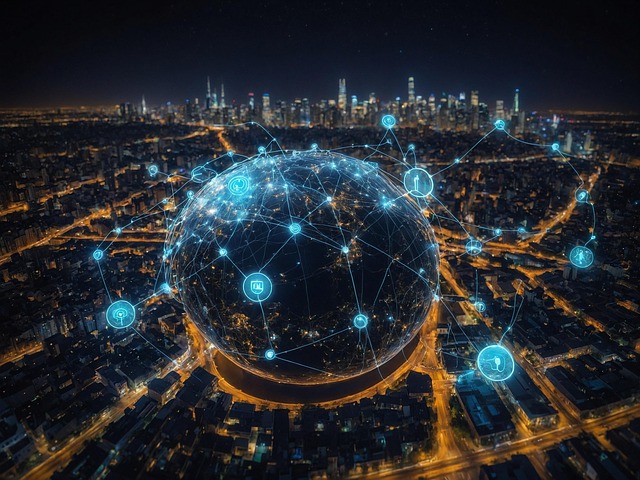AI seafood freshness monitoring systems are revolutionizing waste reduction and sustainability in restaurants by predicting and tracking seafood quality, shelf life, and inventory using advanced algorithms and sensors. This real-time data minimizes overstocking and spoilage, enhances customer satisfaction, and informs more sustainable sourcing decisions. By optimizing inventory management and demand forecasting, these AI tools help restaurants cut costs, reduce waste, and implement efficient supply chain processes, ultimately fostering a greener industry.
In the pursuit of sustainable culinary practices, AI is transforming the seafood industry. This article explores cutting-edge AI seafood freshness monitoring systems that revolutionize waste reduction in restaurants. We delve into smart inventory management strategies and the power of data analytics to optimize the entire seafood supply chain. By leveraging technology, restaurants can significantly minimize food waste, ensuring a fresh, responsible, and efficient dining experience for customers. Discover how these innovative approaches are shaping the future of culinary sustainability.
- AI Seafood Freshness Monitoring Systems: Revolutionizing Waste Reduction
- Implementing Smart Inventory Management for Sustainable Seafood Practices
- The Role of Data Analytics in Optimizing Seafood Supply Chain Efficiency and Waste Minimization
AI Seafood Freshness Monitoring Systems: Revolutionizing Waste Reduction

AI seafood freshness monitoring systems are revolutionizing waste reduction in the restaurant industry. By leveraging advanced algorithms and sensors, these innovative technologies can accurately predict and monitor the quality and shelf life of seafood products. This real-time data allows restaurants to optimize their inventory management, ensuring that only fresh seafood is served while minimizing overstocking or spoilage.
As a result, AI freshness monitoring systems not only reduce food waste but also enhance customer satisfaction by maintaining consistent quality standards. Moreover, the precise tracking of seafood freshness can help restaurants make informed sourcing decisions, fostering sustainable and eco-friendly practices in their supply chain management.
Implementing Smart Inventory Management for Sustainable Seafood Practices

Implementing smart inventory management is a game-changer for any seafood restaurant aiming to reduce waste and embrace sustainable practices. AI seafood freshness monitoring systems play a pivotal role in this transformation. These advanced technologies can track and analyze inventory levels, expiration dates, and product quality in real time, ensuring that restaurants maintain optimal stock while minimizing spoilage.
By leveraging AI algorithms, these systems predict demand patterns, optimize ordering processes, and flag potential issues before they become waste problems. For instance, sensors and cameras can monitor the condition of seafood, detecting signs of deterioration early on. This proactive approach allows restaurateurs to make informed decisions, such as adjusting portion sizes or offering discounted prices for items nearing their best-before dates, thereby reducing food waste and enhancing overall sustainability.
The Role of Data Analytics in Optimizing Seafood Supply Chain Efficiency and Waste Minimization

In the pursuit of minimizing waste and optimizing efficiency in the seafood industry, data analytics emerges as a powerful ally. AI seafood freshness monitoring systems play a pivotal role by providing real-time insights into product quality and shelf life. By analyzing historical sales data, predictive models can forecast demand patterns with remarkable accuracy, ensuring that restaurants stock only what they need. This not only reduces food waste but also cuts down on inventory management costs.
Moreover, these analytics systems can identify trends in customer preferences and seasonal variations, allowing for more strategic sourcing of seafood. By understanding the factors that impact freshness and quality, restaurants can streamline their supply chain processes. This includes optimizing transportation routes to minimize time and temperature fluctuations, which are major contributors to spoilage. Ultimately, leveraging data analytics empowers AI seafood restaurant waste reduction strategies, fostering a more sustainable and efficient industry.
AI seafood freshness monitoring systems, coupled with smart inventory management practices, are transforming the way the industry approaches waste reduction. By leveraging data analytics, these strategies not only enhance seafood freshness and quality but also optimize the entire supply chain, leading to significant waste minimization. As the culinary world embraces technology, these innovative solutions promise a more sustainable future for both restaurants and the marine ecosystem.
